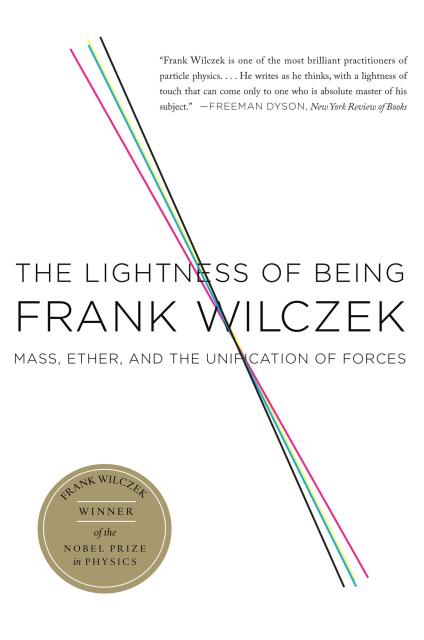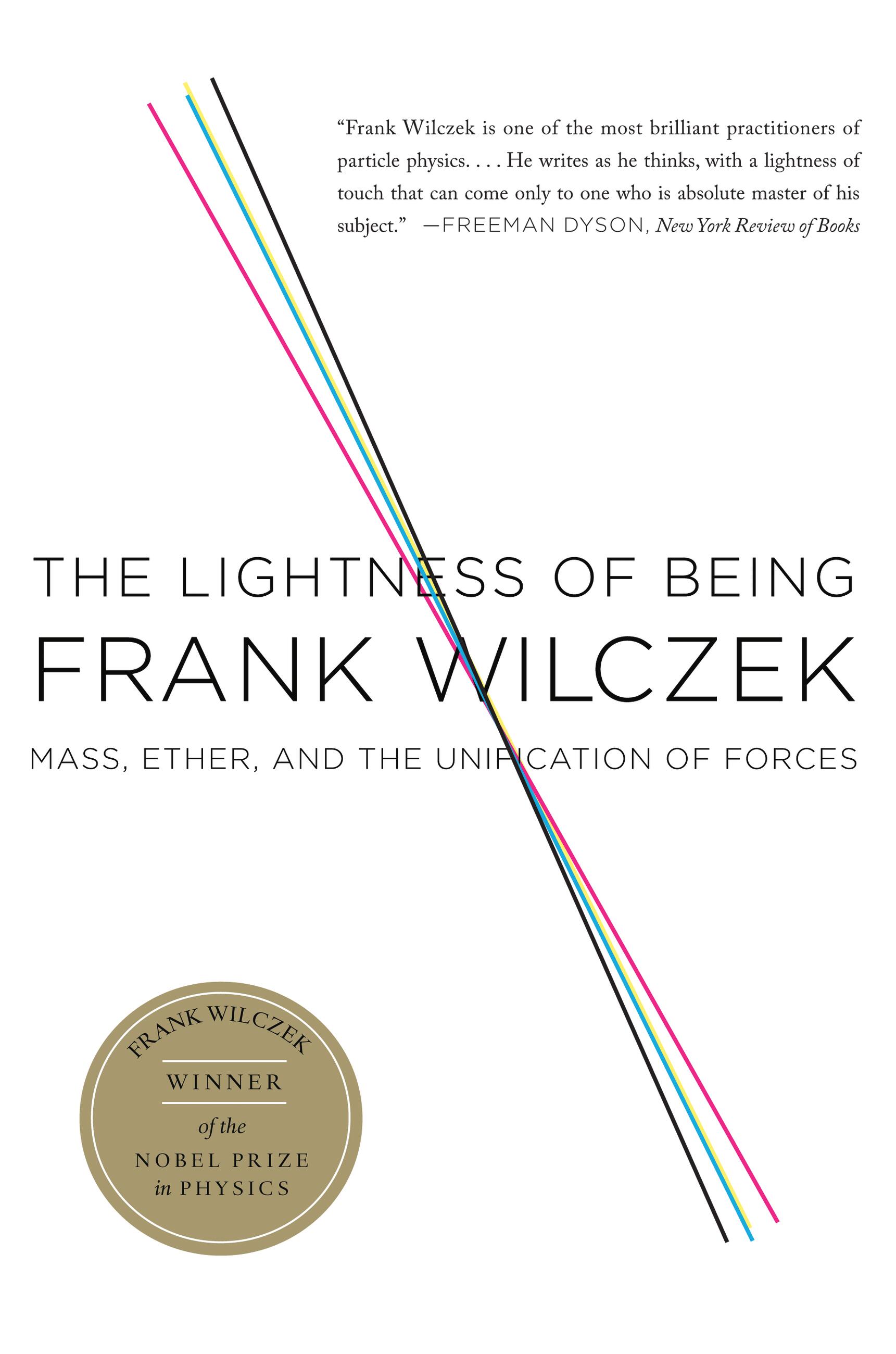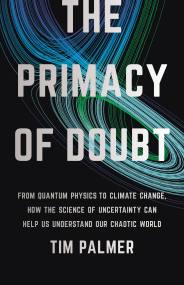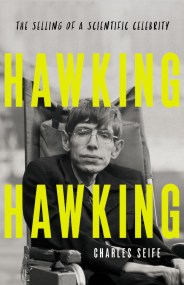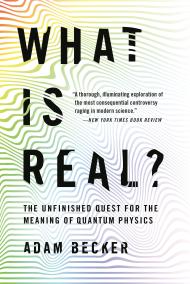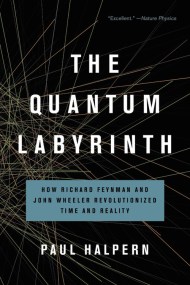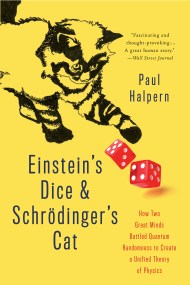Promotion
Use code MOM24 for 20% off site wide + free shipping over $45
The Lightness of Being
Mass, Ether, and the Unification of Forces
Contributors
Formats and Prices
Price
$14.99Price
$18.99 CADFormat
Format:
- ebook $14.99 $18.99 CAD
- Trade Paperback $21.99 $28.99 CAD
This item is a preorder. Your payment method will be charged immediately, and the product is expected to ship on or around March 25, 2009. This date is subject to change due to shipping delays beyond our control.
Also available from:
Our understanding of nature’s deepest reality has changed radically, but almost without our noticing, over the past twenty-five years. Transcending the clash of older ideas about matter and space, acclaimed physicist Frank Wilczek explains a remarkable new discovery: matter is built from almost weightless units, and pure energy is the ultimate source of mass. He calls it “The Lightness of Being.” Space is no mere container, empty and passive. It is a dynamic Grid-a modern ether- and its spontaneous activity creates and destroys particles. This new understanding of mass explains the puzzling feebleness of gravity, and a gorgeous unification of all the forces comes sharply into focus.The Lightness of Being is the first book to explore the implications of these revolutionary ideas about mass, energy, and the nature of “empty space.” In it, Wilczek masterfully presents new perspectives on our incredible universe and envisions a new golden age of fundamental physics.
Genre:
- On Sale
- Mar 25, 2009
- Page Count
- 292 pages
- Publisher
- Basic Books
- ISBN-13
- 9780786731688
Newsletter Signup
By clicking ‘Sign Up,’ I acknowledge that I have read and agree to Hachette Book Group’s Privacy Policy and Terms of Use
